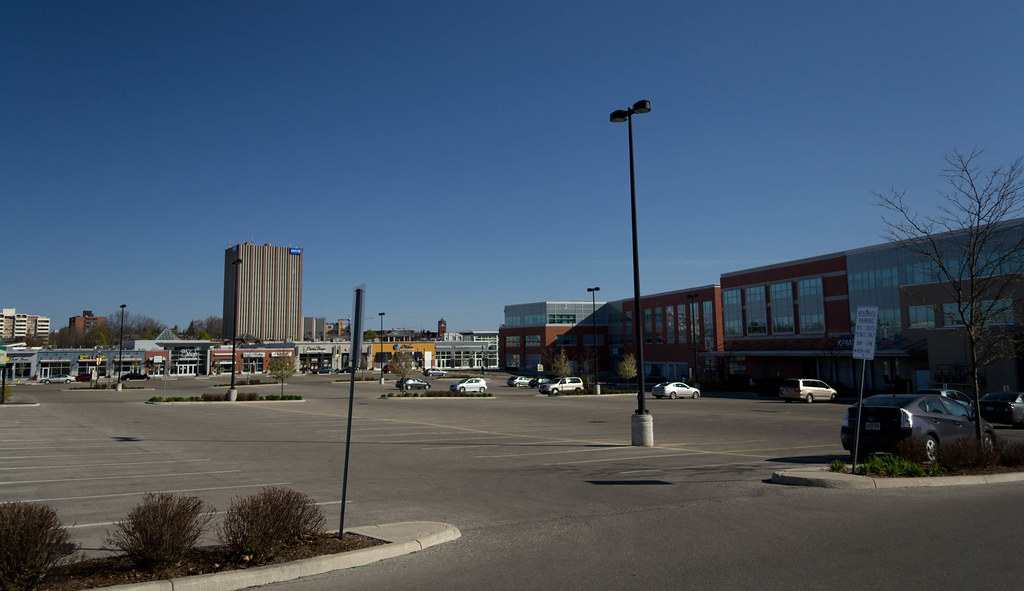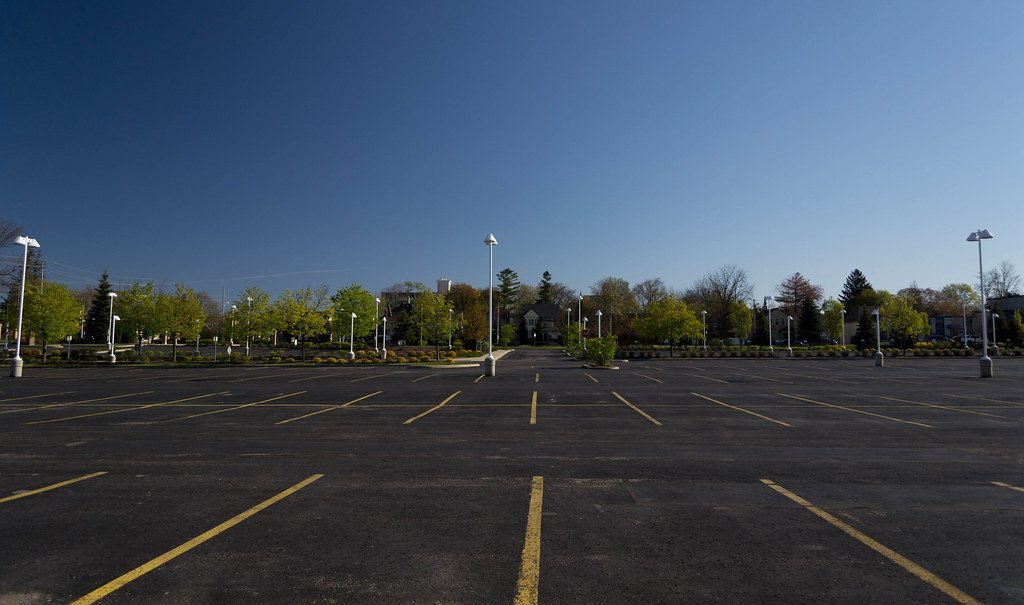 | |
| Like this train. Only bigger, and not made of cardboard. |
The project is not without its detractors, of course. Back before the 2011 approval, we had T4ST-- a group of Taxpayers, ostensibly "4" Sensible Transit, but some of whom just seemed to be "4" No Transit, or anything that costs money-- that they could see, of course. Billions on roads pass by uncriticized, but the rapid transit project was a very visible target.
Still, since the 2011 vote, they've largely fallen quiet.
 |
| Quiet, like an efficient light rail system whooshing by in a cloud of delicious urbanism. |
The news, lately, has been about a certain Ted Livingston, founder of Kik and born-again rapid transit opponent. Ted is an intelligent and passionate man, with a progressive bent and a desire to see a walkable Waterloo (though it's not clear if he means Waterloo the region, or Waterloo the city.) He is strongly opposed to LRT. And his concerns should not be dismissed.
But they should also not be garnering quite as much press as they have. Ted's qualifications are that he's an intelligent and passionate man, and that he's founded a tech company in the region-- well, that puts him one up (well, maybe two up) on me, but it doesn't make him an expert in urban planning.
So far, Ted's approach to the walkability problem has been a very tech-startup approach. In other words, every problem is a technical problem, and every problem can be tackled from scratch. A central thesis of Ted's approach to walkability is to focus all development on a single core within the region, and the expense of everywhere else. Within this single core, everything is in reach on foot, and both driving and transit are unnecessary. So why spend money on LRT?
On top of this, he demands that an investment in LRT should be mathematically justifiable. Now... this may be possible, but it requires agreeing with the goals and strategy driving this decision and that reflect the reality of our region. If those goals are dismissed, the justification holds no weight for you. And Ted is quick to dismiss goals that are based on mobility in a region with multiple nodes and corridors. A region like... ours.
 |
| A region that puts its best face forward? |
But perhaps Ted has a point. What if we could take a startup approach to city building? With all constraints thrown aside, we could achieve something truly innovative...
... Slight problem: startups usually fail. Startups test risky solutions to problems, and when a solution is a good one, things turn out fantastic for those involved, but everyone is really, really surprised... because it just doesn't happen very often. Success is the exception.
So I hope I can be forgiven for being suspicious of any argument that doesn't allow for who we are and what we have now. Waterloo is an incubator of startups, a place where ideas can be rapidly tested in an environment that welcomes and encourages innovation. As a city or a region, though, it can't be run like a startup gamble. There's a lot more than venture capital at stake.
But still-- business acumen is business acumen, and Ted has it. This lends his words weight. (And we do like a good controversy and narrative, so media has fanned the small flame he has lit.)
But we should also acknowledge all of the other voices of the business community who have spoken for LRT and rapid transit. Google. Agfa. Open Text. Desire2Learn. The Perimeter Institute. Colliers. The KW Chamber of Commerce. Communitech-- the same Communitech that works to create the right conditions for companies like Kik to come into existence and thrive. Even plucky startups like Snapsort, who produced a strongly positive and evocative (and, to be fair, sometimes wildly inaccurate) infographic supporting LRT, proving that it's not just the big fish who have this opinion.
 |
| All sorts of people do. |
So... that's Ted. Someone who is making a sincere attempt to boil the LRT project down to a single metric, but won't hold still long enough to listen to a chain of reasoning that leads him away from it, and hasn't learned that running a city is not the same as running a startup that can bankrupt and be discarded the moment it goes disfunctional. None the less, I'm still trying to reach out to him. Being for walkability, and seeking to understand complexity (or at least going through the motions), makes him different from other more one-dimensional LRT opponents.
 |
| "You remember that one person who wanted us to never invest any money at all for any reason ever?" |
Now, let's move on to someone else: Mayor Brenda Halloran. On Wednesday, she chose to vote "no" to a train order that had come in $2.5M under budget. Citing concerns about the cost and our ability to fund social programs, Halloran has decided to keep carrying the anti-LRT torch she held aloft in 2011.
In 2011, that was fine. In 2011, I seem to recall her saying that she would not be obstructive if council decided to proceed with rapid transit. In 2011, she made a decision to listen to her constituents, and there were enough voices to make her vote no. She took a reasonable position in 2011, even if I don't agree with it.
 |
| Nor, I suspect, did he. |
Fast forward to 2013, and on the table is a vehicle order, procured with imagination and daring, for a price millions under budget. And Halloran voted: no. Even as Councillor Brewer of Cambridge voted yes to bring this project forward while expressing Cambridge's unhappiness about their LRT being relegated to a future stage 2, Waterloo's mayor expressed a desire to stop this process in its tracks.
There is no way to interpret this except as a decision by the mayor to be seen opposing this project. And in doing so-- on a motion that is a shining example of a well-run project-- she has abdicated the ability to hold this project to a high standard of fiscal management and restraint. By voting "no" when things are done well, she will have no influence at all when she perceives something is not meeting her standard. (Unless she can somehow vote "no" twice?)
In other words, I believe she has decided that opposing the project all the way down is better than being a steward of the biggest project in Waterloo region history.
Better for who, though?
 |
| Better for this dufus pressing the red button marked "DO NOT PRESS". |
Still. It's 2013, over two years since this blog started, and over two years since the big issue that got me interested in local affairs was given the green light to proceed. Today I got to see a tangible piece of the real deal on a trailer in front of regional headquarters; I got to hear the vision and determination of many of our local leaders; I felt like Waterloo region really has seized the opportunity to pull itself out of the sprawl trap that so many other cities struggle in.
We are, after all, a city-- a region-- of innovation. But we're also a city-- a region-- of history and tradition. We build on our rich pasts. We get things done here. And we move forward.
Bring on the Ion.
 |
| ION LOADING... [---> 40% ] |














